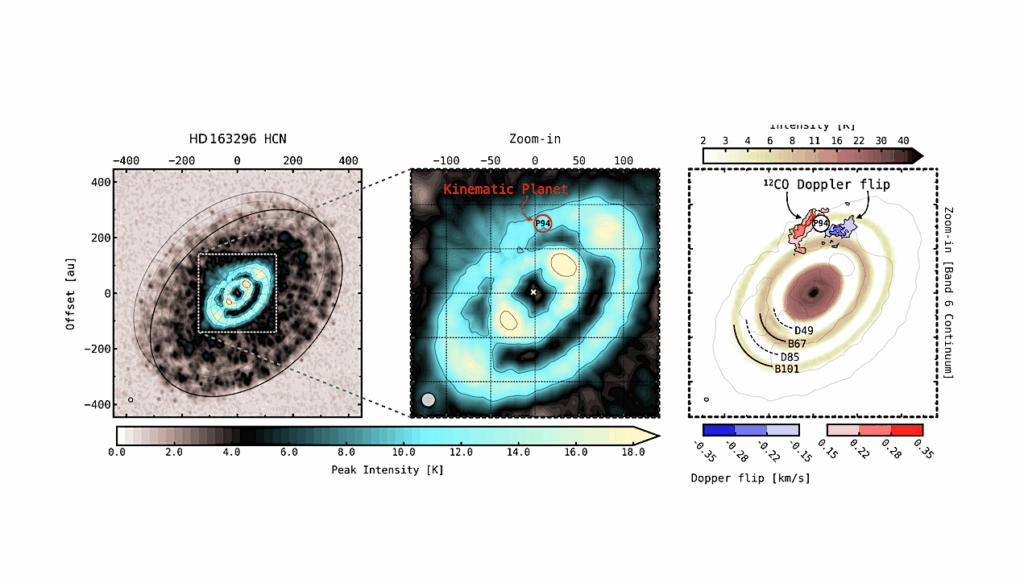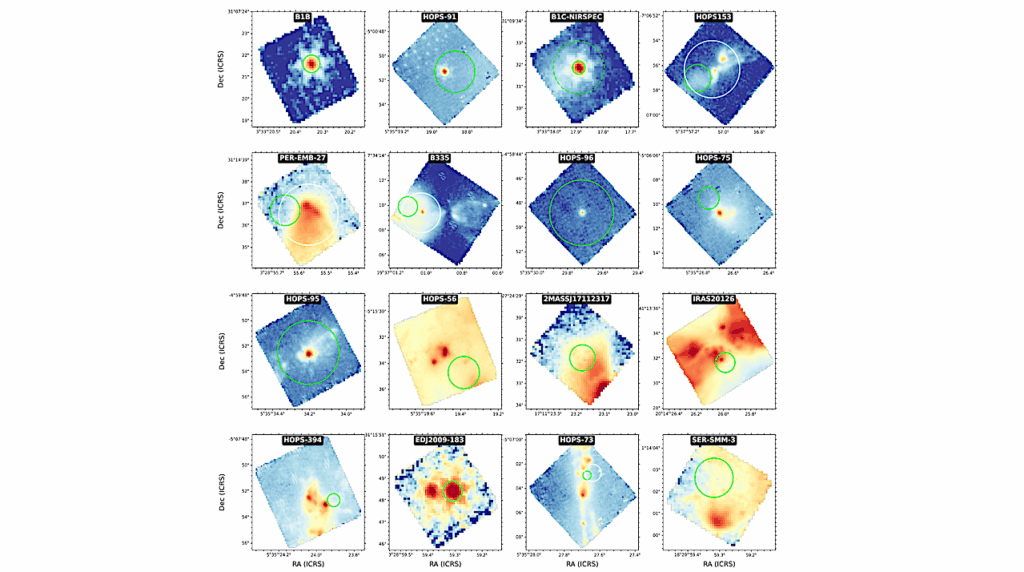CAB: Towards The RNA-world In The Interstellar Medium: Detection Of Urea, And Search Of 2-amino-oxazole And Simple Sugars

In the past decade, Astrochemistry has witnessed an impressive increase in the number of detections of complex organic molecules. Some of these species are of prebiotic interest such as glycolaldehyde, the simplest sugar, or amino acetonitrile, a possible precursor of glycine.
Recently, we have reported the detection of two new nitrogen-bearing complex organics, glycolonitrile and Z-cyanomethanimine, known to be intermediate species in the formation process of ribonucleotides within theories of a primordial ribonucleic acid (RNA)-world for the origin of life. In this paper, we present deep and high-sensitivity observations toward two of the most chemically rich sources in the Galaxy: a Giant Molecular Cloud in the center of the Milky Way (G+0.693-0.027) and a proto-Sun (IRAS16293-2422 B).
Our aim is to explore whether the key precursors considered to drive the primordial RNA-world chemistry, are also found in space. Our high-sensitivity observations reveal that urea is present in G+0.693-0.027 with an abundance of about 5×10-11. This is the first detection of this prebiotic species outside a star-forming region. Urea remains undetected toward the proto-Sun IRAS16293-2422 B (upper limit to its abundance of less than 2×10-11).
Other precursors of the RNA-world chemical scheme such as glycolaldehyde or cyanamide are abundant in space, but key prebiotic species such as 2- amino-oxazole, glyceraldehyde or dihydroxyacetone are not detected in either source. Future more sensitive observations targeting the brightest transitions of these species will be needed to disentangle whether these large prebiotic organics are certainly present in space.
Izaskun Jimenez-Serra (1), Jesus Martin-Pintado (1), Victor M. Rivilla (2), Lucas F. Rodriguez Almeida (1), Elena R. Alonso Alonso (3,4), Shaoshan Zeng (5), Emilio J. Cocinero (3,4), Sergio Martin (6,7), Miguel Requena-Torres (8), Rafa Martin-Domenech (9), Leonardo Testi (10,2) ((1) Centro de Astrobiologia (CSIC-INTA), Spain (2) INAF-Osservatorio Astrofisico di Arcetri, Italy (3) Universidad del Pais Vasco (UPV-EHU), Spain (4) Biofisika Institute (CSIC, UPV/EHU), Spain (5) Queen Mary University of London, UK (6) European Southern Observatory, Chile (7) Joint ALMA Observatory, Chile (8) University of Maryland, USA (9) Harvard-Smithsonian Center for Astrophysics, USA (10) European Southern Observatory, Germany)
Comments: 61 pages, 4 figures, 6 tables, accepted for Astrobiology
Subjects: Astrophysics of Galaxies (astro-ph.GA); Earth and Planetary Astrophysics (astro-ph.EP); Solar and Stellar Astrophysics (astro-ph.SR)
Cite as: arXiv:2004.07834 [astro-ph.GA] (or arXiv:2004.07834v1 [astro-ph.GA] for this version)
Submission history
From: Izaskun Jimenez-Serra
[v1] Thu, 16 Apr 2020 12:29:33 UTC (1,209 KB)
https://arxiv.org/abs/2004.07834
Astrochemistry, Astrobiology








